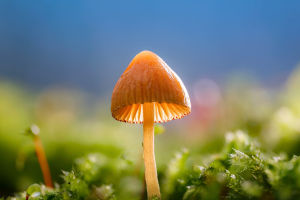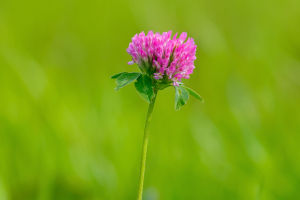As a timeless symbol of love and beauty, roses have been adored by people all over the world.
With their captivating appearance and fragrance, roses are rich in cultural significance.
This article will explore the flower language, types, and uses of roses, giving you a closer look at the allure of this classic bloom.
1. Flower Language
As a symbol of romance and love, roses carry a variety of meanings, often connected to their colors:
- Red roses: Represent passionate love and desire, often seen as the ideal choice for declarations of love.
- Pink roses: Signify grace and elegance, perfect for expressing gratitude.
- White roses: Stand for purity and innocence, often used to show respect or remembrance.
- Yellow roses: Symbolize friendship and warmth, frequently used to send wishes among friends.
- Blue roses: Represent mystery and wonder, often conveying "You are one of a kind."
These varied meanings make roses a popular choice for many occasions, allowing people to express specific emotions and wishes through different colors.
2. Main Varieties
There are numerous varieties of roses, each with unique characteristics and uses. Here are a few of the most popular types:
- Tea roses: Elegant with large blooms and a strong fragrance, commonly used in gardens and for cut flowers.
- Floribunda roses: Known for their abundant flowers and hardiness, ideal for creating hedges or garden borders.
- Climbing roses: Fast-growing and flexible, perfect for climbing displays and floral walls.
- Miniature roses: Small and compact, suitable for potted displays and indoor decoration.
With such diversity, rose varieties can be selected according to climate, gardening needs, and personal preference.
3. Uses
In addition to their ornamental value, roses have a wide range of applications:
- Beauty and skincare: Rose essential oil and rose water, known for their hydrating and antioxidant properties, are commonly used in skincare products to nourish and brighten the skin.
- Fragrance: Roses' unique scent makes them a popular ingredient in perfumes, adding a lasting, elegant aroma.
- Culinary uses: Rose petals and rosehips are rich in vitamin C and can be used in making rose tea, rose jam, and rose candies, enhancing the flavor of foods.
4. Cultural Symbolism
Roses hold a deep significance across various cultures.
In Western culture, roses symbolize love, loyalty, and courage, making them the top choice for Valentine’s Day gifts. In Japan, roses symbolize elegance and beauty, and people often give roses as gifts to express respect and gratitude on special occasions. Roses are not just flowers—they are a way to convey heartfelt emotions and blessings.
Roses are not only symbols of beauty but also carry rich cultural meaning and practical uses. Whether enjoyed as ornamental flowers, skincare ingredients, or culinary additions, roses bring a unique charm to our lives. May this article help you appreciate the beauty of roses even more, letting their fragrance and elegance enhance your everyday life.


